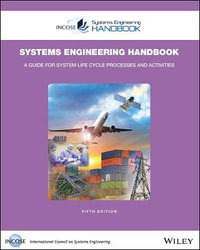The development of tight-gas reservoirs over the last half-century has profoundly affected and expanded the petroleum industry. Moreover, our improved understanding of tight-gas reservoirs--from finding, characterizing, testing, modeling and developing them to producing their resources economically--can be felt not only throughout our industry but also throughout our economy and, indeed, our daily routines. Abundant, reliable, and inexpensive natural gas has truly transformed many aspects of our modern lifestyles. Within the last decade, for example, the world has made great strides in switching from coal-fired to gas-fired electricity generation (with a resulting reduction of US CO2 emissions of ~14% since 2005*). Our expanded knowledge of natural-gas development and production has further advanced the goal of achieving energy independence, transforming the US from a gas importer into the third largest liquid natural gas (LNG) exporter in the world. It is truly hard to overstate the efficacy of our understanding and exploitation of tight-gas reservoirs.
The four parts contained in this book methodically and comprehensively unfold the technical elements of developing tight-gas reservoirs. They are written
· with an industry-wide audience in mind
· to help the student understand fundamental concepts
· to provide comprehensive reference material for the experienced engineer
· for the practitioner in the field looking for case studies and analogues
· for those readers curious of mathematical detail and theory, where it will surely lay the foundation for many future academic investigations and doctoral theses
This book is comprehensive enough to apply equally to those readers interested in tight-oil reservoirs--common fundamentals, many similar concepts, just larger molecules.
This book's organization supports its methodological approach.
Part 1 introduces tight-gas resources, including definitions and beginning concepts. Thorough analyses of tight-gas resource types (conventional, shale, and coalbed methane) and their geographical distribution and reserves are given. This part describes shale-gas plays within North America in detail.
Part 2 begins where the study of all reservoirs begin, with detailed characterization. Chapters within this part discuss geological considerations over various scales, as well as detailed concepts in well testing and modeling to determine necessary formation properties.
Part 3 details all aspects of designing, planning, modeling, and executing hydraulic fracture treatments and provides details on fracture initiation, geometry, and propagation.
Part 4 contains 23 case histories of tight gas reservoir development.
























